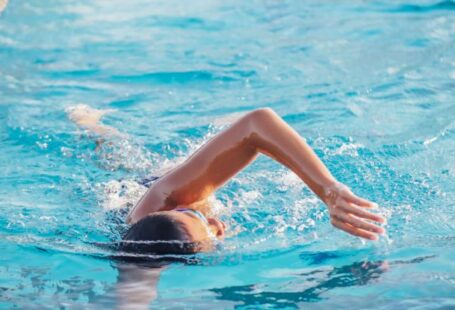Exploring the depths of the ocean through diving is an exhilarating and awe-inspiring experience that allows individuals to witness the beauty of marine life up close. However, amidst the excitement and wonder of diving, it is crucial to prioritize safety above all else. Diving, like any adventurous activity, comes with inherent risks that can be mitigated through adherence to proper safety precautions. In this article, we will delve into the critical safety measures that every diver must follow to ensure a safe and enjoyable underwater experience.
**Understanding Dive Planning**
Before embarking on a diving expedition, it is essential to engage in thorough dive planning. This includes assessing the dive site, understanding the underwater topography, currents, and potential hazards. Planning a dive involves setting a maximum depth limit, determining bottom time, and calculating ascent and descent rates. By meticulously planning each dive, divers can anticipate challenges and make informed decisions to mitigate risks effectively.
**Equipment Inspection and Maintenance**
Diving equipment plays a pivotal role in ensuring the safety and comfort of divers underwater. Before every dive, it is imperative to inspect all equipment thoroughly to check for any signs of damage or malfunction. From the regulator and BCD to the dive computer and wetsuit, each piece of gear must be in optimal working condition. Regular maintenance and servicing of diving equipment are essential to prevent unexpected failures that could compromise safety during a dive.
**Buddy System**
The buddy system is a fundamental safety practice in diving that involves pairing up with another diver to watch each other’s back underwater. Diving with a buddy provides an added layer of safety as they can assist in case of emergencies, share air supply if needed, and help navigate challenging situations. Effective communication with your dive buddy is key to ensuring a safe and coordinated dive experience.
**Proper Buoyancy Control**
Maintaining proper buoyancy control is essential for safe and efficient diving. Buoyancy issues can lead to uncontrolled descents or ascents, increasing the risk of decompression sickness and barotrauma. Divers must master buoyancy control techniques to hover effortlessly underwater, conserve energy, and protect fragile marine ecosystems from accidental damage. Regular practice and training in buoyancy control are crucial for divers of all experience levels.
**Emergency Response Training**
In the unpredictable environment of the ocean, being prepared for emergencies is paramount. Divers should undergo training in emergency response procedures, including how to handle equipment failures, out-of-air situations, and underwater accidents. CPR and first aid certifications are valuable skills that can make a difference in critical situations. By equipping themselves with the necessary knowledge and training, divers can respond effectively to emergencies and ensure the safety of themselves and their dive buddies.
**Respect for Marine Life**
While exploring the underwater world, divers must uphold a code of conduct that respects and protects marine life. Touching, feeding, or disturbing marine organisms can disrupt their natural behavior and ecosystem balance. Divers should maintain a safe distance from marine life, refrain from touching coral reefs or aquatic creatures, and follow sustainable diving practices to minimize their environmental impact. By showing respect for marine life, divers contribute to the preservation of underwater ecosystems for future generations to enjoy.
**Conclusion: Embracing a Culture of Safety in Diving**
In the realm of diving, safety should always take precedence over thrill-seeking adventures. By understanding the importance of dive planning, equipment maintenance, the buddy system, buoyancy control, emergency response training, and respect for marine life, divers can cultivate a culture of safety that enhances their diving experiences. Prioritizing safety not only minimizes risks but also fosters a deeper appreciation for the wonders of the underwater world. Remember, safe diving is good diving!





